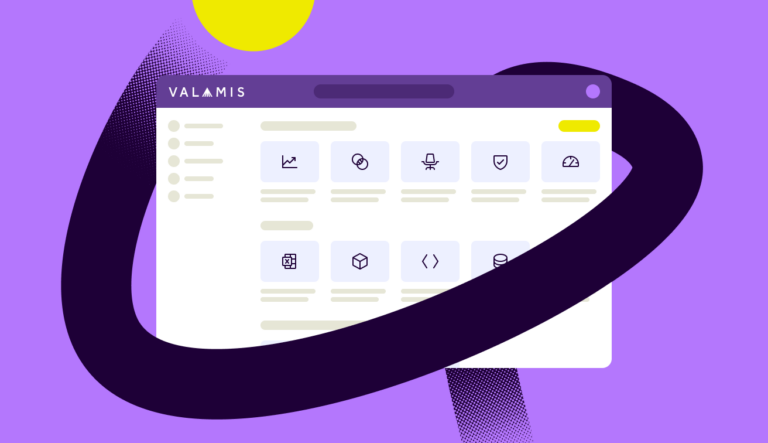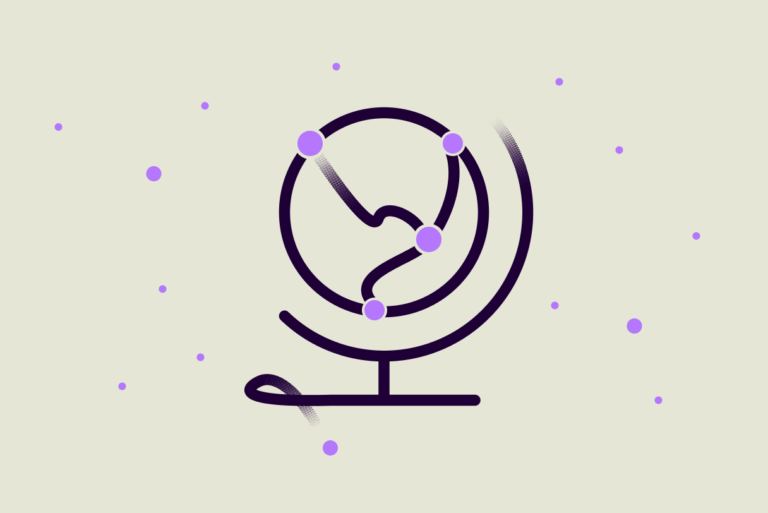Taking care of employee wellbeing in times of distress
Our CHRO explains how Valamis has been taking care of employee wellbeing during a time of crisis and uncertainty.

At the time of writing this blog, it marks two years since the Finnish government announced a state of emergency due to the Covid-19 pandemic. Two years ago, we were all facing the unknown and workplaces had to think fast to find new ways to support employee wellbeing and to ensure the continuity of the business.
This spring, the situation with the pandemic seemed to be easing and we were about to let go a collective sigh of relief, when the geopolitical situation in the world changed drastically. Our employees’ sense of safety and continuity was being heavily tested, once again.
During the past two years, we have kept running into never-seen-before situations across human resources departments in companies everywhere. Neither law texts, collective agreements, colleagues, or even the stars have been able to provide answers. We have had to follow our hearts and use gut instinct, utilizing the latest information available to make decisions.
In the middle of uncertainty, worry and differing opinions, it is important to focus on our everyday routines both at work and at home. If we focus solely on the crisis at hand, the other aspects of life become neglected. And when the crisis is over, we will be faced with emptiness, loneliness, and a pile of tasks left undone both at work and on our free time.
Whose responsibility?
Supporting employees during a crisis is also the responsibility of the employer. Fear, anxiety, and sadness don’t look at the clock and only turn up during our free time. Work communities must give space for emotions, questions, and processing of the matter at hand. It is important to pay attention to strengthening the sense of continuity and staying in the present moment, looking at the near-future goals and reciting the small things each day.
At times like these, spending time together and celebrating successes in the workplace is even more vital than before. When we experience positive feelings, these feelings help us in dealing with difficulties and boost recovery from stress.

Where there’s a will, there’s a way
During the past two years, at Valamis we have been focusing on improving wellbeing at work in the specific areas where it has been most needed. We have been utilizing the tools that have been available and possible in these circumstances. During the Covid years, our number one focus has been to support mental wellbeing. This past spring has proven the uncertainty and surprises are not over, and support is still very much needed.
According to the Employee Wellbeing Surveys conducted at Valamis in 2020 and 2021, up to 88% of Valamis employees feel that the employer fully supports their wellbeing. Here are some examples of the practices we have implemented to support the mental wellbeing of our employees:
- Webinars for our employees about topics such as recovery, managing fears, and resilience.
- Learning paths about mental wellbeing were added in our internal digital learning solution, Valamis. Employees are given time to study these during the workday.
- Structured wellbeing challenges that have spanned several weeks. The goal for these challenges was to encourage employees to pay attention to the effects that small actions and small changes have in their mental and overall wellbeing.
- Small surprises in the middle of the work routines, such as treats and activities together.
- Employees were given the opportunity to use some of their worktime to do things that make them happy and are important to them.
- Availability of professional mental health services to employees were added globally.
- Show your face -practice in video meetings.
- Possibility to do shortened worktime.
- Offering supported meditation and mindfulness app subscriptions for employees.
- The availability of 6 months of paid maternity leave for all female employees globally.
- We initiated structured, recurring 1:1-discussions between supervisors and employees.
- We initiated a practice in which the CHRO meets supervisors regularly to discuss their team members’ wellbeing, risks, and actions to improve wellbeing.
Remote or distant?
According to the wellbeing survey conducted in late 2021, up to 92,5% of Valamis employees feel that they have enough opportunities to do their work regardless of location. The result can be considered good, but as remote work is here to stay, there is a risk that some employees will fall outside of support, career development possibilities and the sense of community. It is also more likely that possible difficulties in coping and mental health struggles go undetected. To minimise these risks we initiated structured 1:1-meetings between the employees and their supervisors. For this purpose, we implemented a solution called Humbol, through which we can ensure that all employees are treated equally and as individuals. We think that every employee has the right to good leadership and that doesn’t happen without regular conversations between the employee and their supervisor.
According to our wellbeing survey, 90% of our employees felt that our management is easily approachable and that it is easy to communicate with them. At Valamis, we don’t want our supervisors to hide behind a role but to be available and present. We want to be able to encounter each other on a personal level in every situation – regardless of our titles. Each supervisor is encouraged to be open in their actions and in communicating their emotions. We shouldn’t try to hide our weaknesses or possible fears. However, it is important to remember that even though we shouldn’t hide our feelings, we need to be able to control them and put them into words in an appropriate manner.
For the past fifteen years, we have been building an empathetic company culture, which we will keep on strengthening. In the middle of crises, that culture is the best kind of survival kit a company can have.




